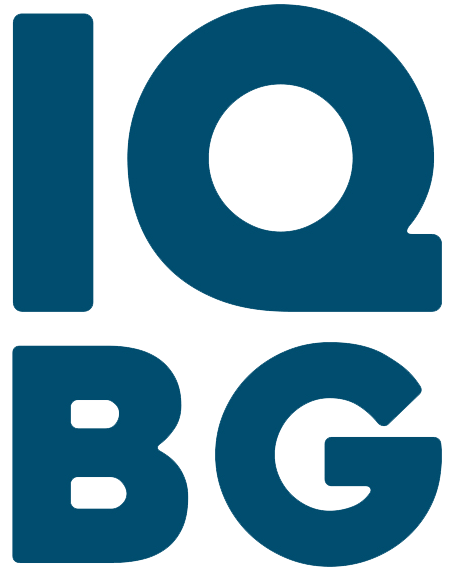Successful case studies breed optimism

Attendees crowd Canadian Embassy for M-12-18 guidance
Suppose government information offices seemed quieter than usual on May 25. In that case, we may have the explanation: An overflow crowd of enterprise, records, technology, and information personnel crowded the Canadian Embassy for an educational forum on the NARA/OMB M-12-18 policy mandate. The packed forum matched its packed agenda, with five speakers giving presentations on policy updates, agency progress, lessons learned, and outright successes.
The two critical milestones of the M-12-18 directive are the 2016 deadline for agencies to manage permanent and temporary email records in an accessible electronic format; and a subsequent 2019 mandate for all permanent records to be in such a format. Arian Ravanbakhsh, Supervisor of Records Management Policy and Program Support for the Office of the Chief Records officer from NARA (National Archives and Records Administration), kicked off the presentations with a policy update, agency statistics, and notes on best practices, such as Capstone accounts. In particular, he reminded attendees that agencies implementing Capstone might need to include lower-level employees due to their tasks. In contrast, some high-level employees that don’t create permanent email records can be excluded. He also reminded attendees that agencies’ Capstone positions are public information.
Arian also presented some results of a 2015 self-assessment, noting that 41 agencies reported allowing personal email accounts, 93 agencies audit the preservation of email, and 126 agencies have policies and procedures for all electronic communications, including email.
However, what likely lured the crowd was the promise of success stories and anecdotes of lessons learned. Mark Patrick, Secretariat for the Joint Staff’s Information Management Team, gave an update on the Department of Defense’s progress, presenting an informative update on a formidable task: We’re talking 4.5 million email users with global addresses and infrastructure located around the world. He detailed how his team is taking a CIO approach to data management, focusing on five fundamental activities: task management, records management, collaboration, search, and business intelligence, and analytics.
Of course, the collaboration that Mark mentioned was a big part of my presentation, detailing our success at the Department of the Interior (DOI), with partner OpenText, in implementing its cloud-based records management environment. The eMail, Enterprise Records and Document Management System (eERDMS) program that we designed and implemented is part of that agency’s Information Technology Transformation (ITT) to provide employees with technology designed to help reduce waste and cut costs, saving taxpayers hundreds of millions of dollars.
It can be challenging for many taxpayers to wrap their arms around what it means to save that amount of money; sometimes, the benefits hit home in agency response times. That is one area in which our team is also confident of a tangible, positive outcome. Like many government agencies, the DOI does not have the manpower to identify all of the relevant business emails as required under M-12-18. Doing so detracts personnel from essential agency business and, thus, its agency mandate to serve the public. To put this labor-intensive undertaking into perspective, the DOI sends and receives about two million emails every day. Two million.
Fellow presenter Marty Heinrich from CGI echoed the focus on using partnerships to find solutions. He also emphasized that agencies must take a forward-thinking approach, considering the 2019 deadline for all electronic records as they are implementing the solution to meet the 2016 email deadline. No one wants to go back and implement a records-management “do-over” later because of an email-only approach today.
My colleagues Chris Sortzi and Carol Brock from OpenText welcomed attendees, shared our experiences, and led a Q&A to close the morning.
In all, we hope we left attendees feeling optimistic about available solutions to track federal records in the interests of government transparency, efficiency, and accountability. And as for the key takeaway? Strong partnerships and a collaborative approach can accomplish much.










